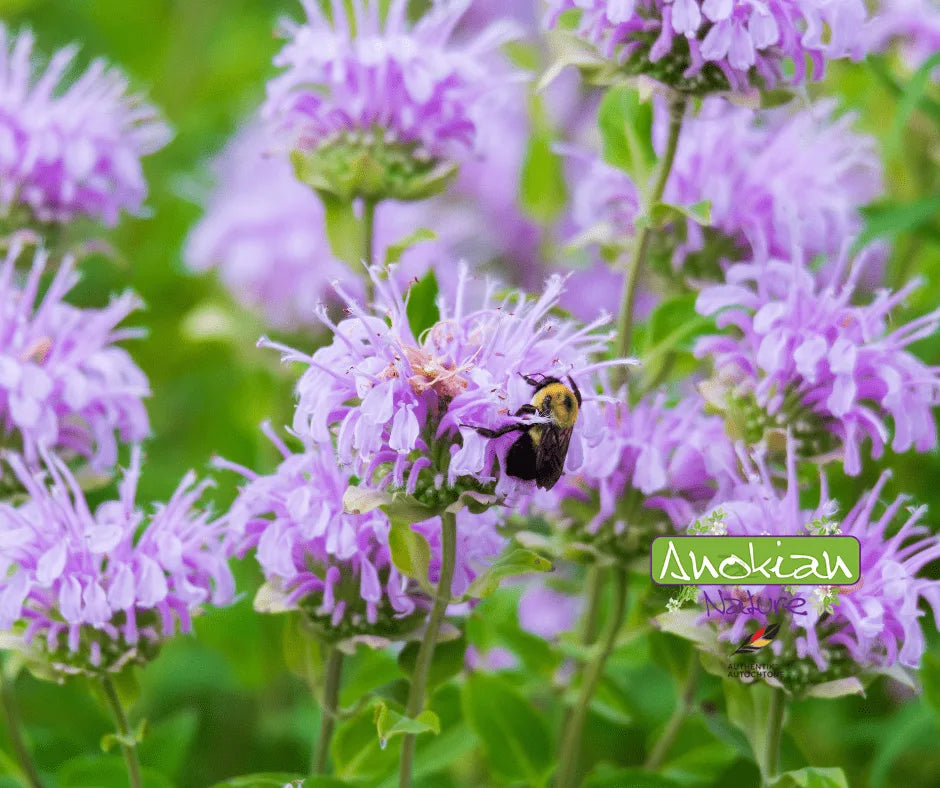Skip to product information










Seed | Wild Monarda
$3.99 CAD
Quantity
Wild Bee Balm (Monarda fistulosa) seeds from native populations. This aromatic perennial attracts pollinators with its distinctive mauve flowers and is remarkably adaptable to poor soils. Ideal for naturalistic gardens and ecological restoration projects.